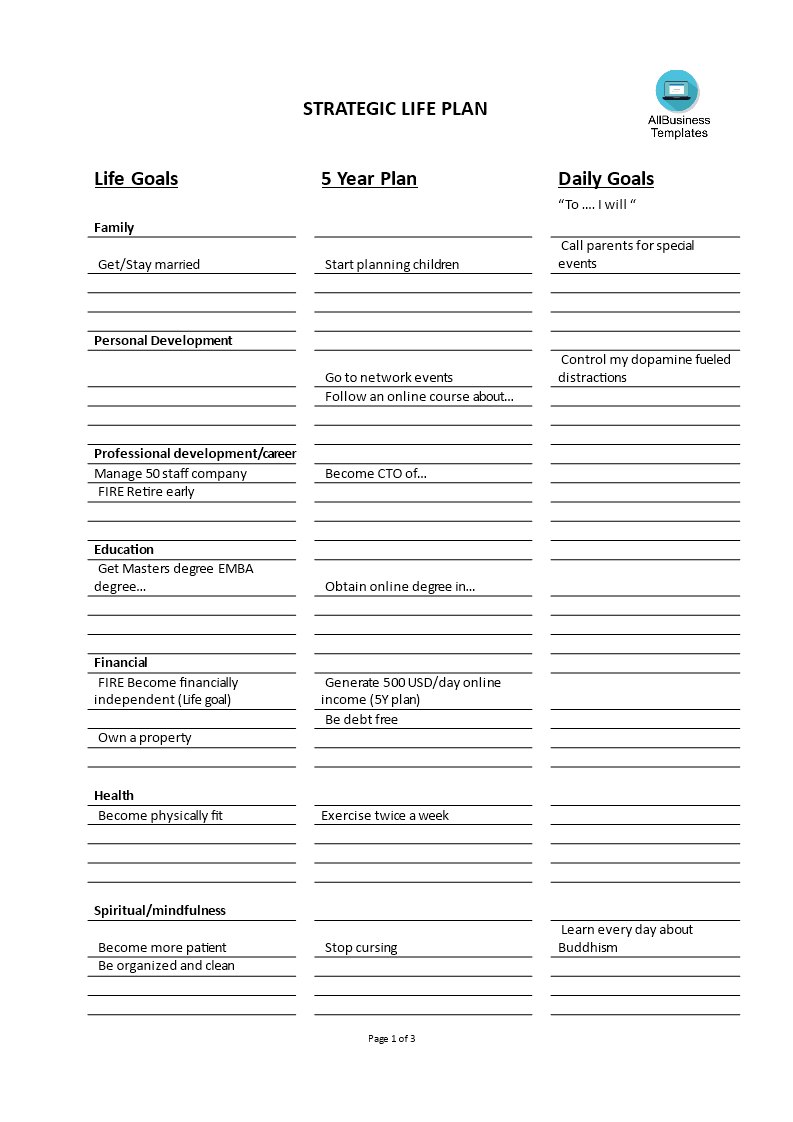
You should follow several steps when performing a job assessment. The purpose of this process is to grade different jobs and develop a suitable pay structure for them. There are many aspects to job analysis, including job description, content and organization. We will be discussing some of the steps involved with job analysis.
Methods of job assessment
Interviewing employees and preparing questionnaires are two methods of conducting job analysis. These questionnaires are designed to get information from job holders and find the gaps between job descriptions. Many job inventories are performed using open-ended questions, rather than multiple-choice questions. This method is more effective as people tend to think twice prior to responding.
Generally, a job analysis is conducted to identify potential job openings and determine how to fill them. It helps employees and their superiors make better decisions. It helps human resources managers make long-term strategic planning. However, a job analysis is not always straightforward and can have a complex structure.
Objectives of job analysis
An organization can benefit from job analysis by being able to organize their job-related activities. It improves employee morale, satisfaction, and productivity. But its success depends on the support from top management and how job-related data is collected. To ensure its success, it should be planned and executed well. These are some of the goals of job analysis.

The primary purpose of job analysis, is to identify job performance levels. This information can be used to prepare job descriptions and job specs. It's also useful for designing an organization structure and managing the recruitment and selection process. It also helps with career path counselling, performance appraisals, compensation, and performance appraisals. It can also improve labour relations.
Steps in job analysis
An analysis of a job involves gathering information on all aspects of the job. You can use structured questionnaires or interviews to collect data. These data help to identify job requirements, and determine if training needs. The process involves evaluating employees' performance and identifying areas for improvement. Job analysis is important to ensure that your workforce has the skills and knowledge necessary to do the job well.
The job analysis must be documented and communicated within the company. The worker responsible for the job should verify the information. This review is important to ensure employee acceptance of the job analysis results.
Impact of job assessment on HRM
Job analysis is an important method of employee appraisal. It provides information about job requirements and relationships between jobs. It also lists the necessary tools to complete a job. It is important to document the information in a structured way. This information is needed to create a job description, which is a document that explains the relationships between job profiles. It is a time-consuming process that can also cost money.
The job analysis process is a methodical way for organizations to determine what the fundamental requirements are for a job. Employers can use this process to find the best talent for the job. It also creates criteria that will help them measure the employee's performance. The HRM process can use the result to its advantage.

Statistics approach to weighting
Statistical approach to weighting factors in job analyses is a quantitative approach to job analysis, where factors are assigned a weight based on their degree of importance. These factors are typically universal factors, which an organization defines, and they apply to all job groups. When using this approach, it is crucial that factors are distributed in an even manner, and that the degree of importance of each factor is consistent across job families.
Point-factor systems are the most common job classification. They have 200 items in their rating scale, which assess input of information as well as mental processes and relationships. Different job evaluation methods will lead to different conclusions about the value of a particular job.